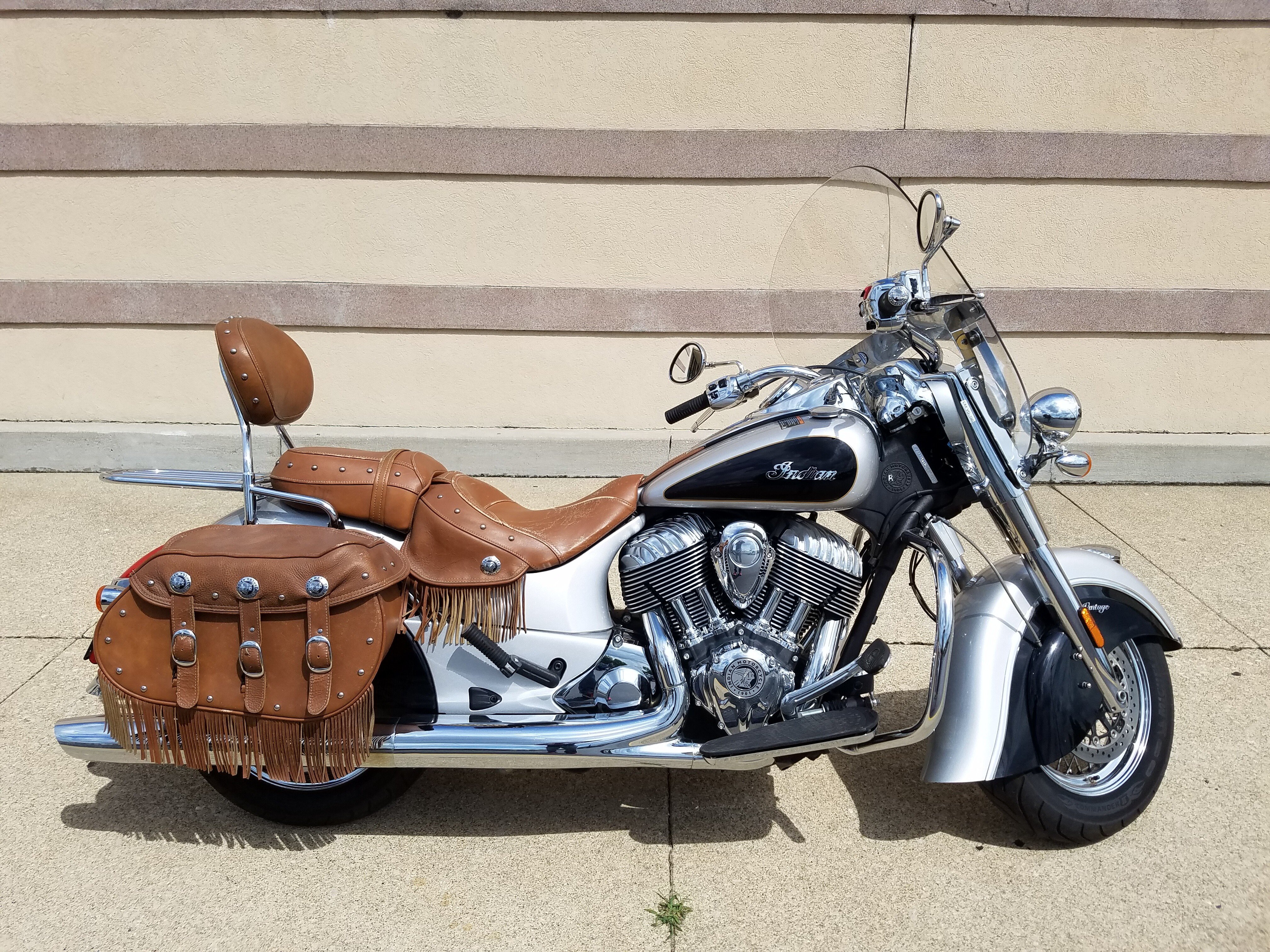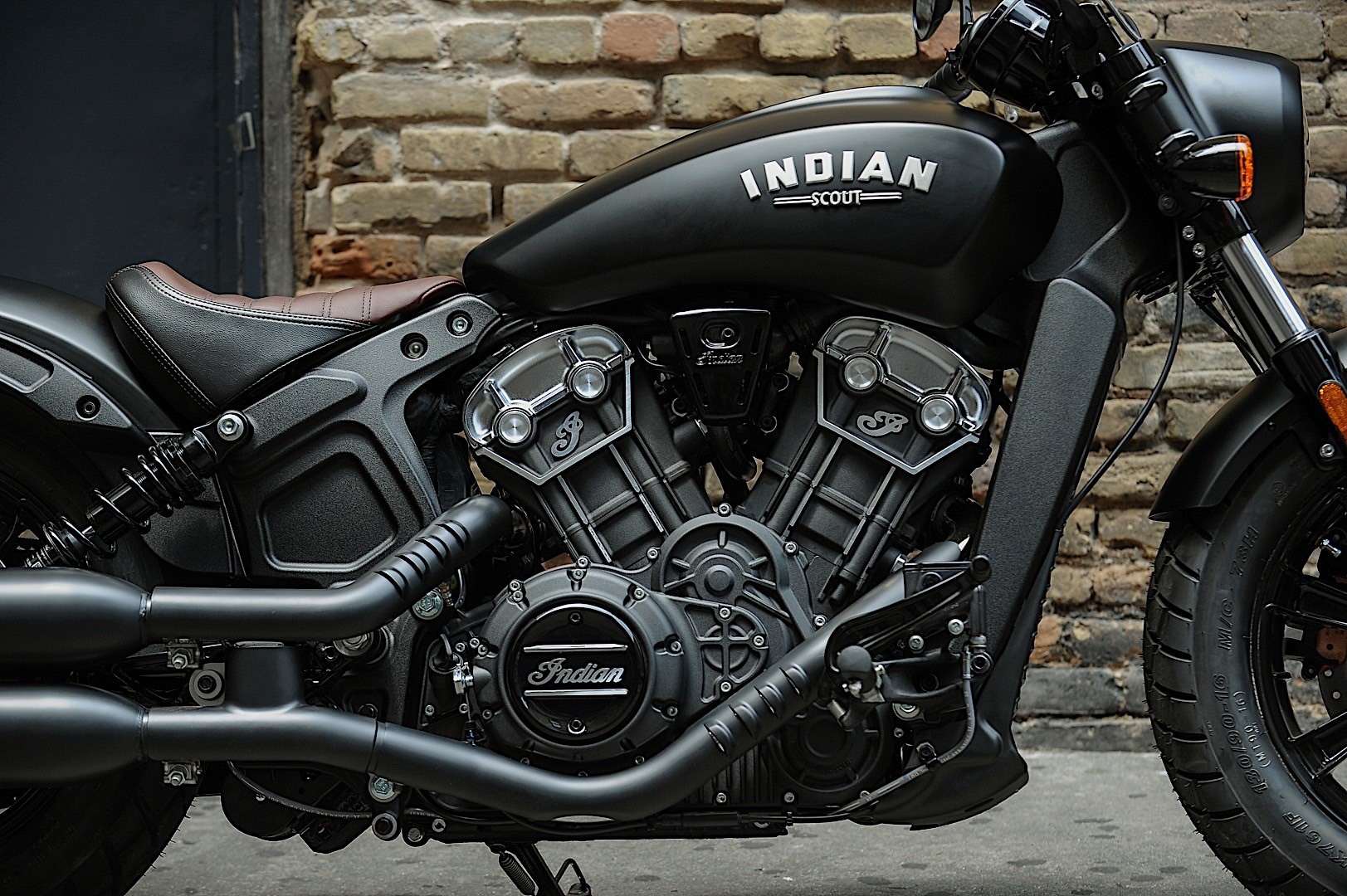History of Indian Motorcycle

The Indian Motorcycle Company, one of the oldest motorcycle manufacturers in the world, has a rich and storied history that spans over a century. Its journey is marked by periods of innovation, success, and adversity, ultimately shaping the landscape of the motorcycle industry.
Early Years and Founding, Indian motorcycle
The roots of Indian Motorcycle can be traced back to 1901, when George M. Hendee, a bicycle manufacturer, and Oscar Hedstrom, a skilled engineer, formed the Hendee Manufacturing Company in Springfield, Massachusetts. Their initial venture focused on manufacturing bicycles, but Hedstrom’s fascination with motorcycles led them to explore the potential of this emerging technology. In 1901, Hedstrom built his first motorcycle, which he called the “Indian” after his heritage. The name resonated with the public, and the company soon shifted its focus to motorcycle production.
Key Milestones and Innovations
- 1907: The Hendee Manufacturing Company officially changed its name to the Indian Motocycle Company, marking a significant step in its evolution. The company introduced the first commercially successful motorcycle in the United States, the “Indian Single,” featuring a powerful single-cylinder engine.
- 1911: Indian introduced the “Indian Powerplus,” a motorcycle equipped with a powerful V-twin engine that revolutionized the industry. This engine design became synonymous with Indian motorcycles and established the brand’s reputation for performance and reliability.
- 1918: The company’s contribution to the war effort during World War I solidified its position as a leading motorcycle manufacturer. Indian motorcycles were used extensively by the military for transportation and communication, further enhancing the brand’s image and reputation.
- 1920s: The roaring twenties witnessed Indian’s dominance in the motorcycle market. The company continued to innovate, introducing models like the “Scout” and the “Chief,” which became iconic and helped establish Indian as a symbol of American engineering and craftsmanship.
- 1930s: The Great Depression brought about economic challenges for the motorcycle industry, and Indian was not spared. Despite the hardships, the company continued to produce motorcycles, though production volumes declined significantly.
- 1940s: During World War II, Indian once again played a vital role, supplying motorcycles to the Allied forces. However, the post-war era brought about a shift in consumer preferences towards automobiles, leading to a decline in motorcycle sales.
- 1950s: Facing increasing competition from foreign manufacturers, Indian struggled to maintain its market share. The company introduced new models, but these efforts failed to revive its fortunes.
Rise to Prominence and Decline
Indian’s success in the early 20th century was driven by its innovative designs, powerful engines, and a reputation for quality and reliability. The company’s motorcycles were favored by riders across all walks of life, from everyday commuters to professional racers. The “Indian Powerplus” engine, with its distinctive V-twin configuration, became a benchmark for performance and durability.
The company’s dominance was challenged in the 1930s by the Great Depression and the rise of foreign motorcycle manufacturers, particularly from Japan. Indian’s efforts to compete with these new entrants proved unsuccessful, and the company’s market share steadily declined. Despite a resurgence during World War II, the post-war era saw a shift in consumer preferences towards automobiles, further eroding Indian’s position in the market.
Impact on the Motorcycle Industry
Indian Motorcycle’s legacy extends beyond its own success and decline. The company played a pivotal role in shaping the early days of the motorcycle industry, introducing innovations that set the standard for performance and reliability. The “Indian Powerplus” engine, with its distinctive V-twin configuration, became a benchmark for performance and durability. Indian’s commitment to quality and craftsmanship helped establish the United States as a leader in motorcycle manufacturing.
Despite its eventual decline, Indian Motorcycle’s legacy continues to inspire motorcycle enthusiasts around the world. The brand’s iconic motorcycles, such as the “Scout” and the “Chief,” remain symbols of American engineering and craftsmanship.
Indian Motorcycle Models

Indian Motorcycle offers a diverse range of models catering to various riding styles and preferences. From classic cruisers to powerful touring machines, there’s an Indian for every rider. The company classifies its models into distinct categories, each with unique features and characteristics.
Touring Motorcycles
Indian Motorcycle’s touring lineup is designed for long-distance comfort and performance. These motorcycles are equipped with spacious rider and passenger seats, ample storage space, and powerful engines for effortless cruising.
- Indian Chieftain: The Chieftain is a flagship touring model, renowned for its classic styling, advanced technology, and comfortable ride. It features a powerful 116 cubic inch Thunderstroke 116 engine, a premium audio system, and a wide range of available accessories.
- Indian Chieftain Limited: The Chieftain Limited boasts even more luxurious features, including premium leather seats, heated grips, and a premium paint scheme. It also includes a larger windshield for added wind protection.
- Indian Roadmaster: The Roadmaster is the ultimate touring machine, offering the most spacious and comfortable ride in the Indian lineup. It features a large trunk, a heated passenger seat, and a powerful 111 cubic inch Thunderstroke 111 engine.
- Indian Challenger: The Challenger is a modern touring motorcycle with a sporty edge. It features a powerful 108 cubic inch liquid-cooled engine, a modern design, and a wide range of available accessories.
Cruiser Motorcycles
Indian Motorcycle’s cruiser models are known for their classic styling, comfortable riding position, and powerful engines. These motorcycles are perfect for leisurely rides and cruising through scenic routes.
- Indian Chief: The Chief is a classic cruiser with a timeless design. It features a powerful 116 cubic inch Thunderstroke 116 engine, a comfortable riding position, and a wide range of available accessories.
- Indian Bobber: The Bobber is a stripped-down cruiser with a minimalist design. It features a powerful 108 cubic inch Thunderstroke 111 engine, a low-slung riding position, and a wide range of available accessories.
- Indian Scout: The Scout is a smaller and more agile cruiser with a powerful 1133cc liquid-cooled engine. It offers a comfortable riding position and a wide range of available accessories.
- Indian Scout Bobber: The Scout Bobber is a stripped-down version of the Scout, featuring a minimalist design and a powerful 1133cc liquid-cooled engine. It offers a comfortable riding position and a wide range of available accessories.
Performance Motorcycles
Indian Motorcycle also offers a range of performance-oriented models, designed for thrilling rides and adrenaline-pumping experiences.
- Indian FTR 1200 S: The FTR 1200 S is a modern sportbike with a retro-inspired design. It features a powerful 1203cc liquid-cooled engine, a lightweight chassis, and advanced suspension components.
- Indian FTR 1200 S Race Replica: The FTR 1200 S Race Replica is a limited-edition model inspired by the FTR750 race bike. It features a unique paint scheme, performance upgrades, and a range of race-inspired components.
- Indian FTR 1200 Rally: The FTR 1200 Rally is a more off-road-oriented version of the FTR 1200 S. It features a higher suspension, knobby tires, and a range of off-road-ready components.
The Iconic Indian Chieftain
The Indian Chieftain is a flagship touring model that embodies the brand’s heritage and modern engineering. It features a classic design, a powerful engine, and a comfortable ride, making it a popular choice for long-distance touring.
History
The Chieftain traces its roots back to the 1920s, when Indian Motorcycle introduced the first Chief model. The name has been synonymous with Indian’s touring motorcycles ever since, evolving through the years with each generation. The current Chieftain, introduced in 2014, combines classic styling with modern technology and performance.
Design
The Chieftain boasts a classic design that pays homage to Indian’s heritage. It features a bold front fender, a distinctive headlight, and a flowing rear end. The motorcycle is available in a range of colors and paint schemes, allowing riders to personalize their ride.
Performance
The Chieftain is powered by a powerful 116 cubic inch Thunderstroke 116 engine, delivering ample torque and smooth power delivery. The engine is mated to a six-speed transmission, providing smooth gear changes and a comfortable ride. The Chieftain also features a premium suspension system, providing a comfortable ride even on rough roads.
The roar of an Indian motorcycle is a symphony of power and heritage, a testament to American ingenuity. But before you hit the open road, you might want to fuel up on some authentic Indian flavors. Find the closest Indian store near me and stock up on spices, chutneys, and other delicacies that will transport you to the heart of India, just like a ride on an Indian motorcycle.
Indian Motorcycle, a name synonymous with American riding history, has a legacy that spans over a century. The brand’s iconic motorcycles, known for their powerful engines and classic designs, have captivated riders for generations. From the early days of pioneering the American motorcycle scene to the modern-day resurgence of the brand, Indian Motorcycle has always embodied a spirit of adventure and freedom.
To learn more about the rich history and enduring appeal of this legendary brand, visit indian motorcycle and discover the timeless allure of these American icons.